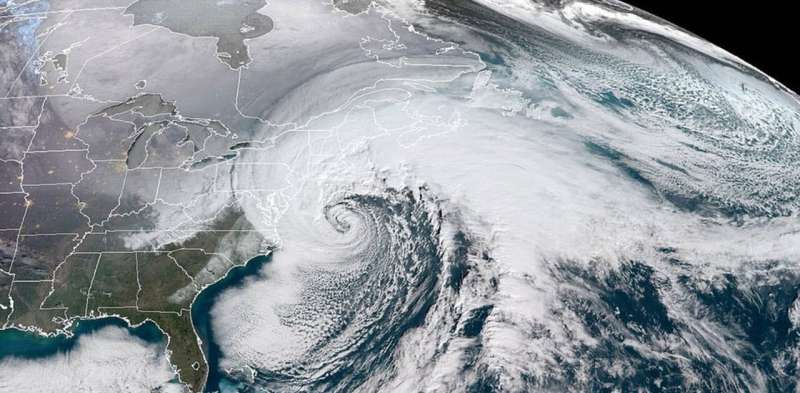USA
Most physicians paid by volume, despite push for quality and value
Study examines physicians in group practices owned by health systems
Despite efforts by insurance companies and other payers to move toward compensating physicians based on the quality and value of care they provide, most physicians employed in group practices owned by health systems are paid primarily based on the volume of care they provide, according to a new study by RAND Corporation researchers.
Examining a wide range of medical practices owned by health systems, researchers found that volume-based compensation was the most-common type of base pay for more than 80% of primary care physicians and for more than 90% of physician specialists.
While financial incentives for quality and cost performance were commonly used by health systems, the percentage of total physician compensation based on quality and cost was modest -- 9% for primary care providers and 5% for specialists.
The findings are published by the journal JAMA Health Forum.
“Despite growth in value-based programs and the need to improve value in health care, physician compensation arrangements in health systems do not currently emphasize value,” said Rachel O. Reid, the study’s lead author and a physician policy researcher at RAND, a nonprofit research organization. “The payment systems that are most-often in place are designed to maximize health system revenue by incentivizing providers within the system to deliver more services.”
In recent years, both private and public payers have adopted payment reforms that seek to encourage health care providers to improve the quality of care delivered and slow spending growth in an effort to generate better value for patients. At the same time, the size of health systems and their employment of physicians has increased markedly.
To examine whether the compensation structure for physicians resembled the payment reforms focused on value, the study examined the physician payment structures used in 31 physician organizations affiliated with 22 health systems located in four states.
Researchers interviewed physician organization leaders, reviewed compensation documents, and surveyed the physician practice to characterize the compensation arrangements of primary care and specialist physicians.
Increasing the volume of services delivered was the most commonly reported action that physicians can take to increase their compensation, with 70% of the practices following such a plan. In these cases, volume-based incentives accounted for more than two-thirds of compensation.
Performance-based financial incentives for value-oriented goals, such as clinical quality, cost, patient experience and access to care, were commonly included in compensation. But those payments represented only a small fraction of total compensation for primary care physicians and specialists, and are thus likely to only marginally affect physician behavior.
Instead, 70% of physician organization leaders noted that increasing the volume of services delivered is the top action that primary care and specialist physicians could take to increase their compensation.
“For the U.S. health care system to truly realize the potential of value-based payment reform and deliver better value for patients, health systems and provider organizations will likely need to evolve the way that frontline physicians are paid to better align with value,” Reid said.
The study was conducted though the RAND Center of Excellence for Health Care Performance with funding provided by the Agency for Healthcare Research and Quality.
Other authors of the study are Ashlyn K. Tom, Rachel M. Ross, Erin L. Duffy and Cheryl L. Damberg.
RAND Health Care promotes healthier societies by improving health care systems in the United States and other countries.
JOURNAL
JAMA Health Forum
METHOD OF RESEARCH
Survey
SUBJECT OF RESEARCH
People
ARTICLE TITLE
Physician Compensation Arrangements and Financial Performance Incentives in US Health Systems
ARTICLE PUBLICATION DATE
28-Jan-2022


